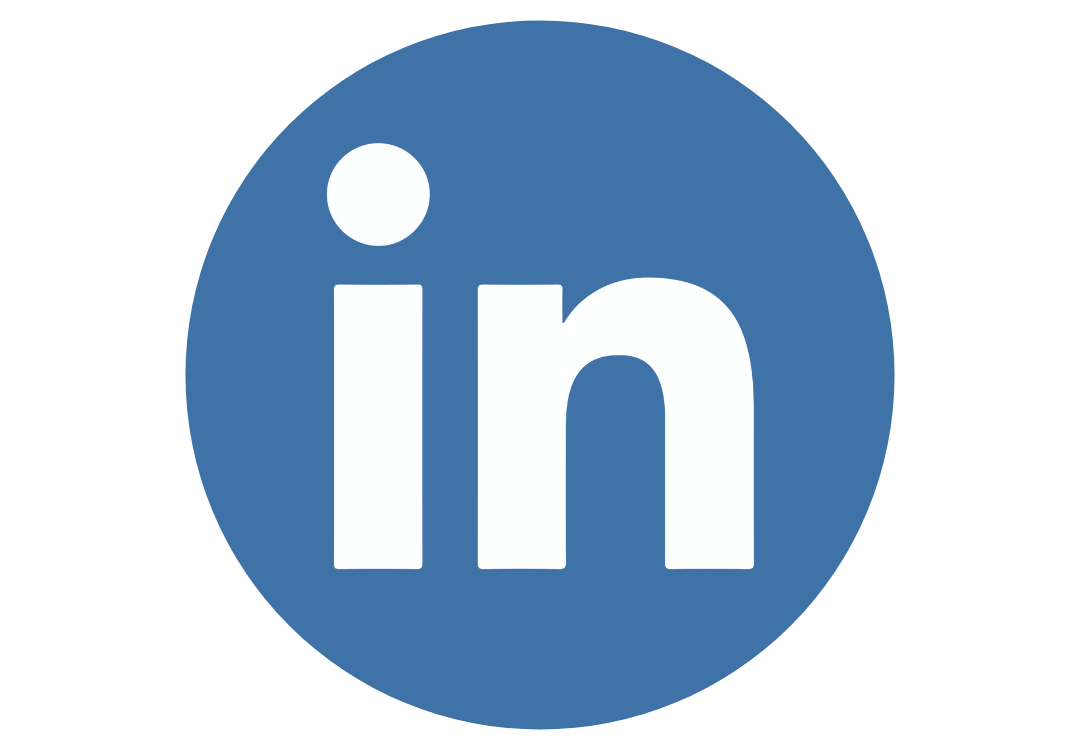Switzerland (Head Quarters)
IDR Medical Switzerland
Austrasse 95, CH-4051 Basel, Switzerland
T:
+41 (0) 61 535 1109
UK
IDR Medical UK
Unit 104 Eagle Tower, Eagle Tower
Montpellier Drive, Cheltenham, GL50 1TA
T:
+44 (0) 1242 696 790
USA
IDR Medical North America
225 Franklin Street, 26th Floor
Boston, Massachusetts 02110, USA
T:
+1 (0) 617.275.4465

Unmet Needs Analysis
At IDR Medical we understand how complex conducting a market research study to explore unmet needs can be. This month we are pleased to share a useful introduction to unmet needs analysis, which includes simple steps you can take to refine your objectives and frame the design of your study to ensure its success. Read on to find out more…
Planning
Align on the objective and scope: This can be a challenge, particularly where you have multiple stakeholders. It is critical that the technical, geographic and clinical scope of the project is clearly defined and that your project team are aligned on this.
Understand who your customer stakeholders are: Identify all customer touch points that are relevant to the scope of your project, and don’t focus solely on key users or your main customers.
Understand the competitive environment: The next step is to understand which products, services and solutions your customers are already using. Developing a matrix of competitor solutions versus your own portfolio will help you start to think about potential gaps in the market and develop some hypotheses.
Talk to your team: Sales, product management, research and development, and customer service teams can be a valuable source of information when planning an unmet needs project.
Align on your current R&D plan: Understanding the unmet needs your innovation projects may uncover is critical. Mapping this to the competitor analysis will help you understand potential gaps in your offering.

Considerations for Market Research
Don’t narrow your research to exploring the limitations of incumbent products
When a respondent is asked to identify the unmet needs of current technology they will likely focus on the parameters delivered or not delivered by current devices. While this is an important consideration to really drive innovation, researchers need to look beyond product limitations.
IDR Medical recommends designing projects that focus more on the jobs or tasks that the product needs to address for each customer stakeholder, and not only the perception of where current technologies are falling short.

Understand that unmet needs are not obvious
Trying to uncover what frustrates someone about a product is hard. People won’t initially be able to tell you what they think is wrong with a product as they will most likely become accustomed to any issue. However, proposing solutions that may disrupt the workflow affecting productivity might get them thinking about what could be improved.
Focus on early adopters and users of the latest generation of technology
Market researchers typically want respondent samples that “reflect the market”. However, when exploring unmet need this is not always optimal. It is often more beneficial to target a specific group of customers who represent what the market will look like in the future. This ensures that the unmet needs identified in your project are not addressed by products or services already on the market.
Choose the right research environment
Various market research environments can be used to gather insights into unmet needs analysis. The optimal environment is selected depending on the project budget, type of device, the care setting in which the device is used and the importance of the context in which it is used. Here are some examples:
- Onsite audits/ ethnographic research: An approach where research is conducted onsite at the respondent’s place of work. This enables the researcher to observe real workflows and respondent’s day-to-day interaction with medical technology.
- Clinical simulation centers: These venues replicate the actual clinical environment and provide an opportunity to simulate complex workflows.
- Standard market research viewing facility: While this approach does not provide a replica setting, nor does it attempt to mimic the working environment, it does offer a fairly cost-effective, convenient approach, and opportunity for simultaneous translation, client viewing and video streaming.
- Telephone interviews (with or without web conferencing): If there is no requirement for observational/ ethnographic research and there is no need for the participant to physically interact with technology, a telephone approach may suffice well.
Use workflow analysis to map pain points in a process or task
Workflow analysis can help us uncover unmet needs associated with the execution of a specific task or series of tasks your customers face when interacting with patients, colleagues and incumbent technology.
During the research we ask respondents to talk us through these workflows step by step (using our maps as a guide to the conversation). At each step we identify customer pain points, challenges, bottlenecks in the process and tasks that could be eliminated in an “ideal world”.
Using research techniques from human factors engineering to uncover real pain points
Integrating human factors science into the exploration of unmet need can help us identify unmet need that may be implicit in the users’ minds. We can do this through contextual observation. Not to be confused with traditional ethnographic research. Here the researcher/interviewer shadows the user as they interact with the device or complete a series of tasks.
Contextual Observation ensures that the industrial design team and the user work together to discover important information that may be implicit in the users’ mind but may otherwise remain undiscovered.
We know that conducting market research studies to explore unmet need can be quite a challenge; there are a host of complex issues and hurdles to overcome. With over 10 years’ experience carrying out healthcare market research and consulting, IDR Medical have built a wealth of knowledge when it comes to unmet need analysis and we are pleased to share our knowledge and experience with you.
Explore our full-length eBook on Unmet Needs Analysis here.


